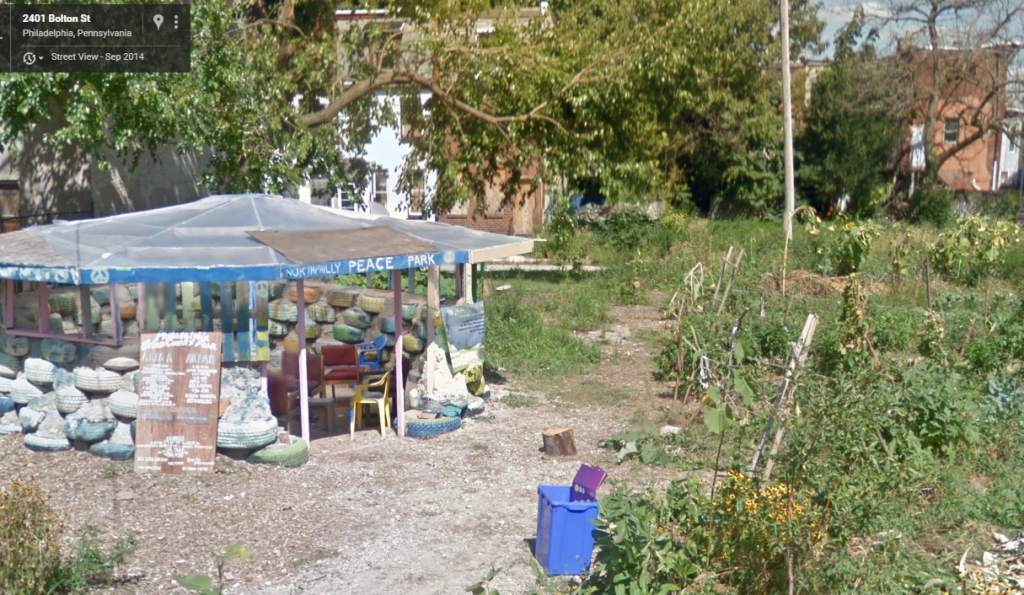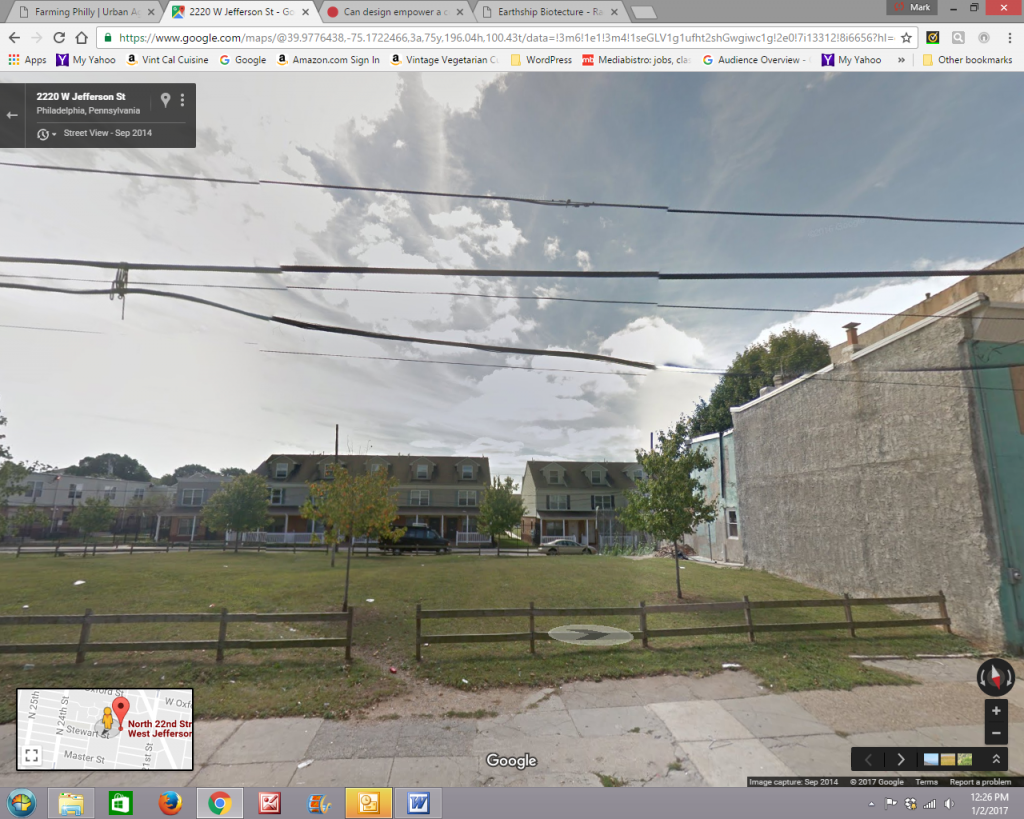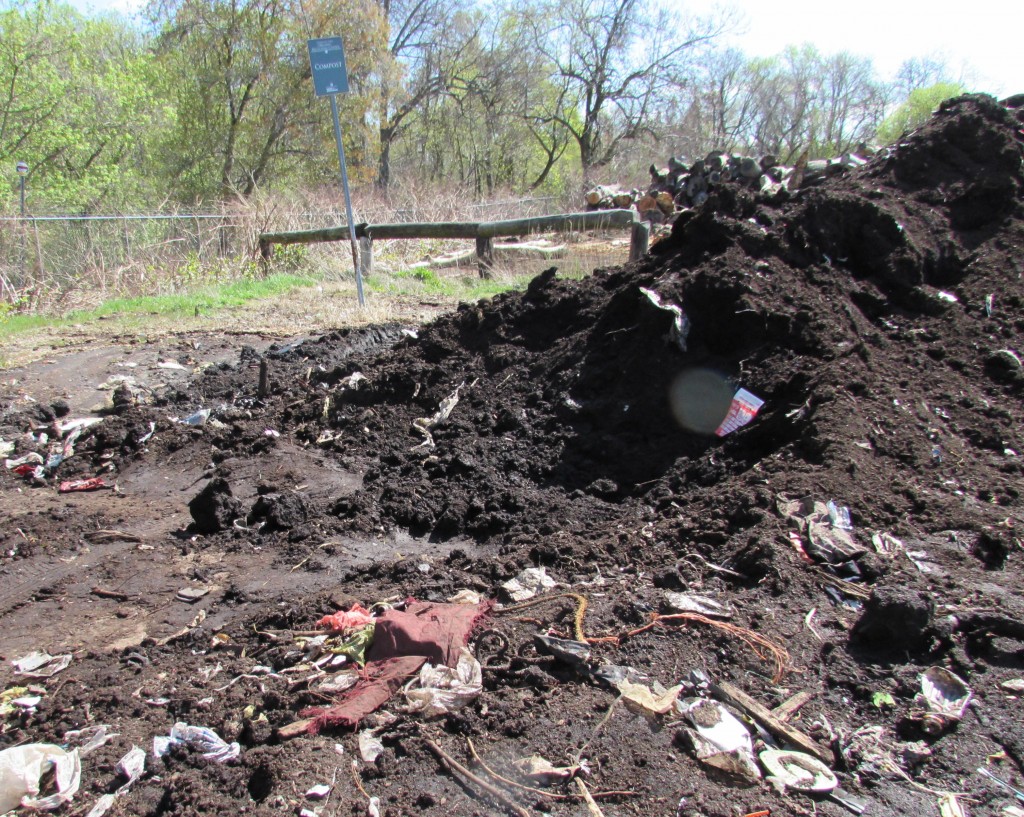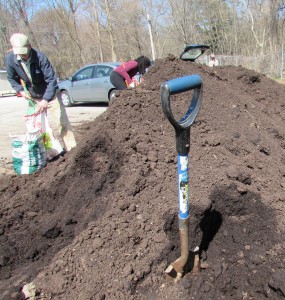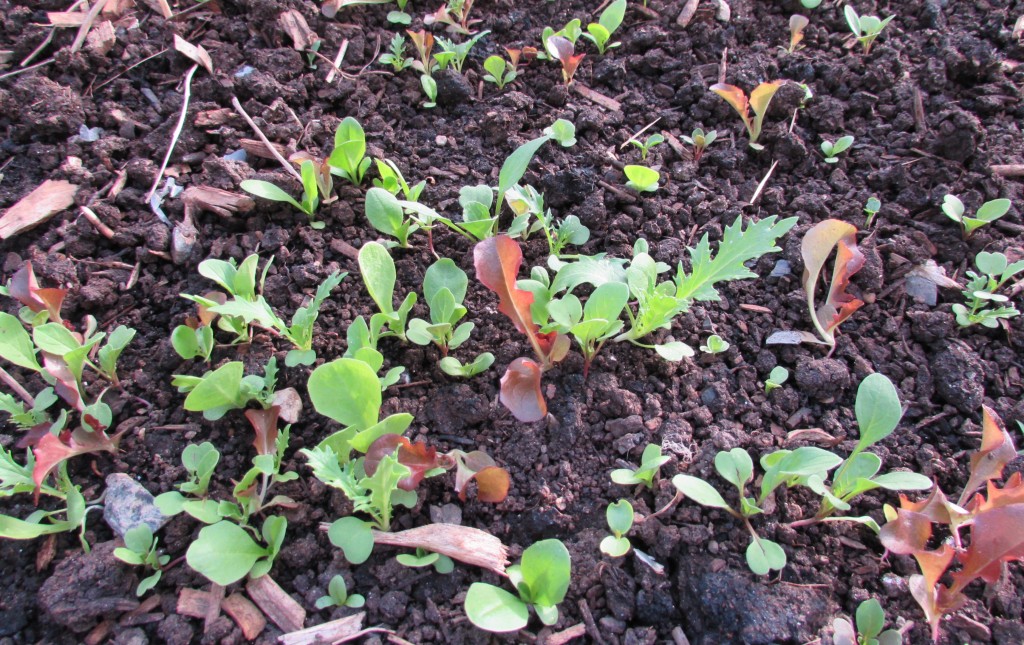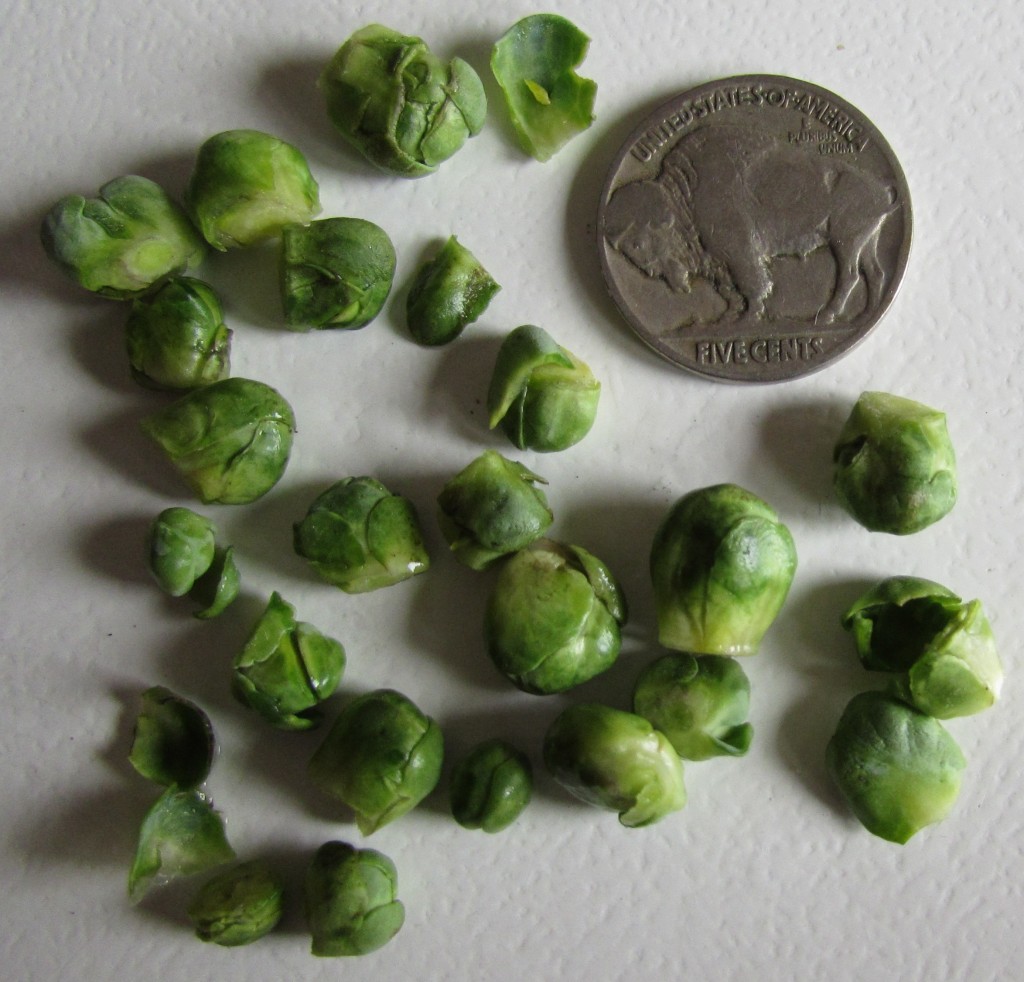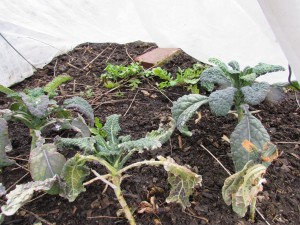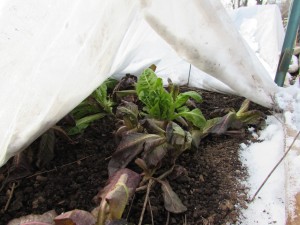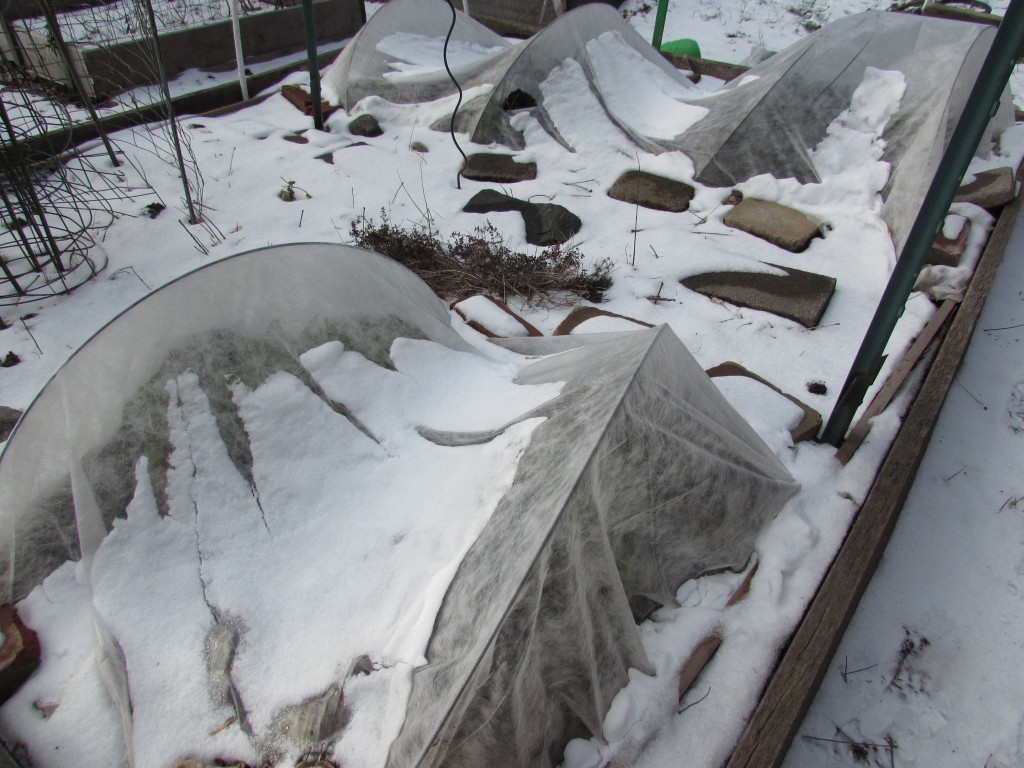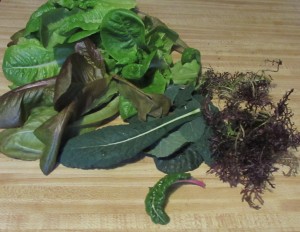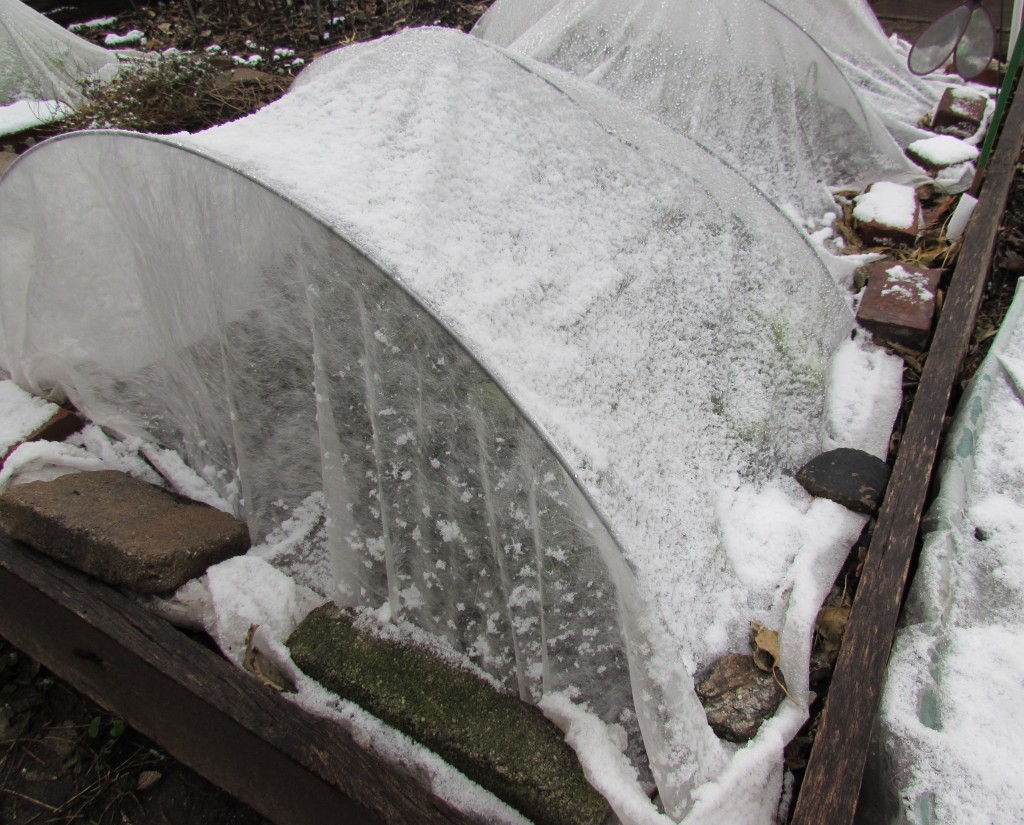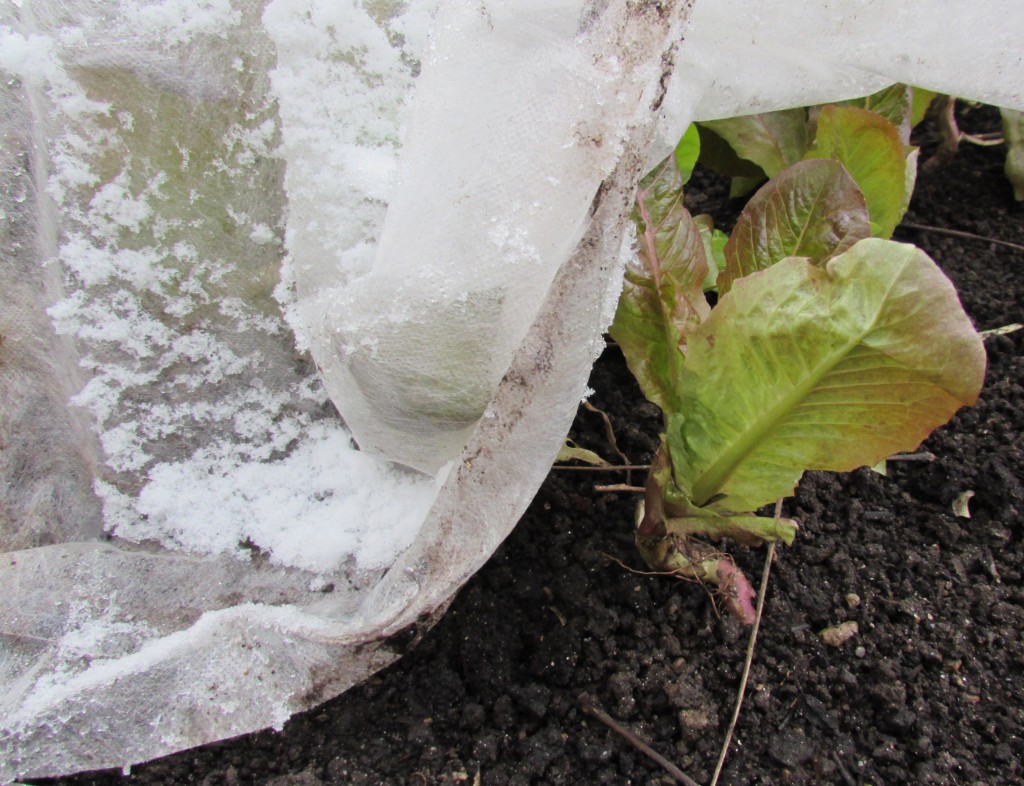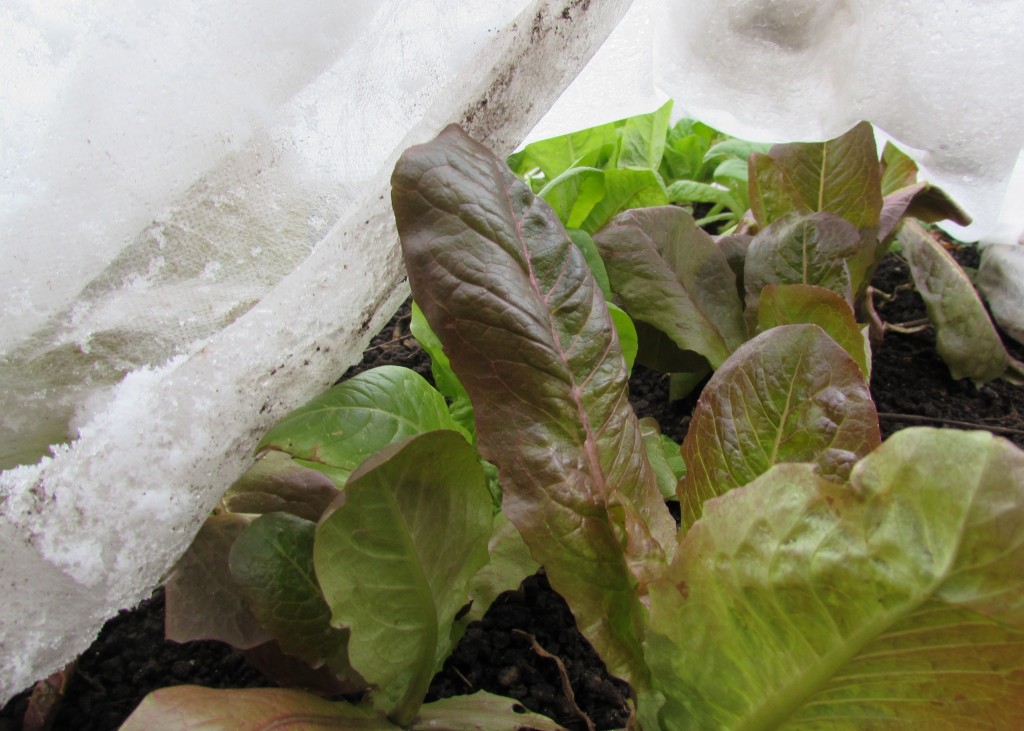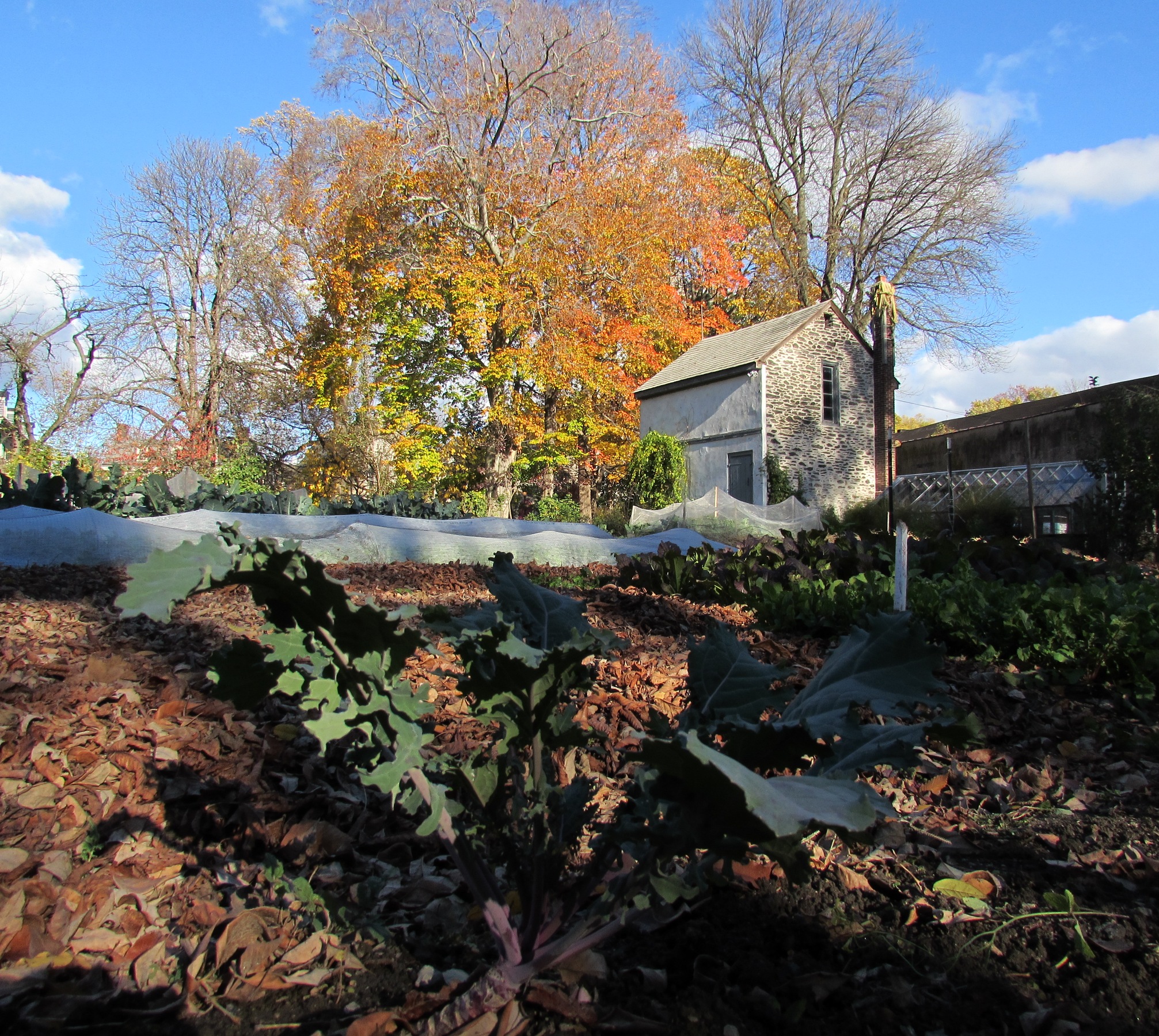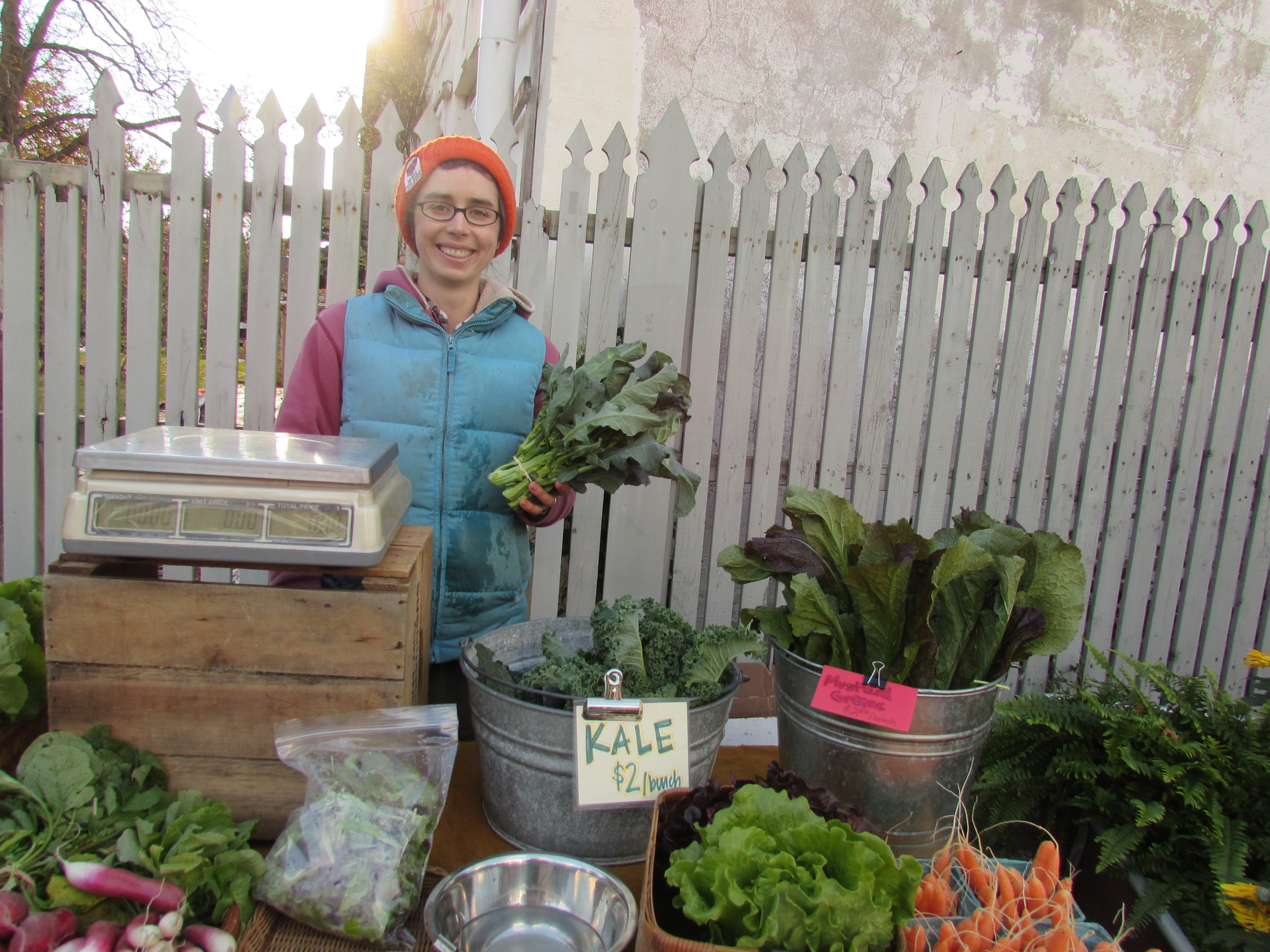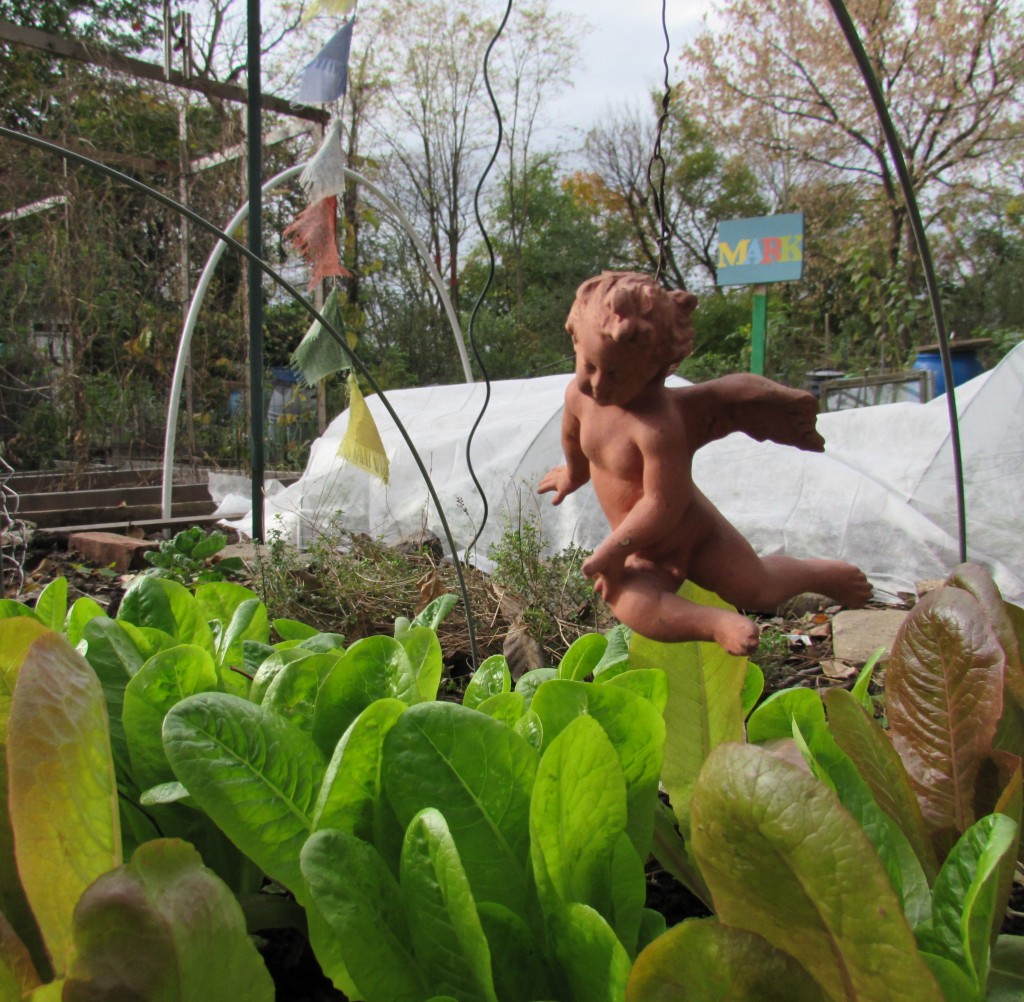Samantha Melamed, a reporter for the Inquirer, recently reported on plans for the new North Philly Peace Park, the successor to a community garden in the Sharswood neighborhood of North Philly that got evicted last year by the Philadelphia Housing Authority from a lot it had occupied for several years. Neighborhood advocates for the garden now have a year-to-year lease on a vacant lot at 22nd and Jefferson Streets, several blocks away from the former site. The lack of long-term land security hasn’t stopped the group from laying out ambitious long-term plans for the new location, based on a design developed as a class project by students at the University of Pennsylvania School of Design.
The first phase was construction of raised beds on the site last summer, Melamed reported. The crowning piece of the plan is a proposed structure that will house vertical gardens made of recycled wood pallets, designed by Francis Kere, an architect from Burkina Faso known for his use of locally sourced building materials and labor. Tommy Joshua, one of the founders of Peace Park, said the facility will be used in after-school, weekend, and summer programs in agriculture, ecology, nutrition, and other subjects for children and adults.
Melamed reports that to complete the first phase of the work, the North Philly Peace Park organizers raised about $10,000, and got a grant from PennPraxis, and contributions from Lowe’s and Habitat for Humanity. They hope to bring in $20,000 for the next phase, and have turned to the Indiegogo crowdfunding platform for help with that. The Indiegogo pitch sums up the plan:
The second phase of the build is the new Sala Nkrumah Institute for Creative Labor, a growing, technologically advanced, farm-stand, kitchen and classroom space to facilitate free after school enrichment programs, a garden market, and cooking classes for children ages K- 5th grade and adults in the greater North Philadelphia communities.
Initial response on Indiegogo has been underwhelming. In the first two months, the campaign had raised $323 from 10 donors, 2 percent of the $20,000 goal.

